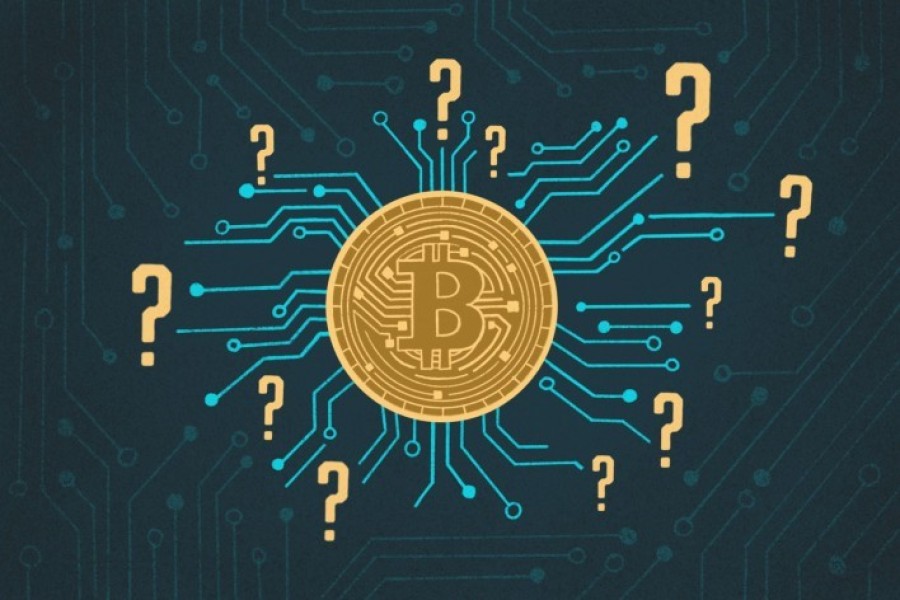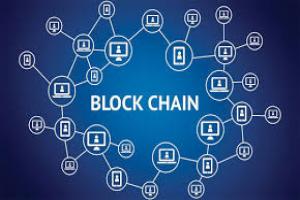 12, Nov
12, Nov
What Is Cryptocurrency Mining? A Beginner's Guide to How It Works
You’ve probably heard that cryptocurrencies like Bitcoin are "mined." But what does that actually mean? There are no pickaxes or underground tunnels involved. Instead, it’s a high-tech process that is fundamental to how many cryptocurrencies operate.
Think of it like a digital version of gold mining. While gold miners expend physical energy and machinery to discover precious metal, cryptocurrency miners expend computational energy to achieve a similar goal: creating new coins and securing the network.
Cryptocurrency mining is the engine that powers many decentralized networks. It’s the process that validates transactions, adds them to the public ledger (the blockchain), and in many cases, creates new coins. Let's break down how this essential process works.
The Two Main Jobs of a Miner
At its core, mining serves two critical functions:
Verifying Transactions: Miners act like decentralized accountants for the entire network. They gather all the transactions made during a certain period into a "block." Their job is to verify that all these transactions are legitimate.
Creating New Coins: After validating a block of transactions, miners compete to add it to the existing blockchain. The first miner to successfully do so is rewarded with a certain amount of newly created cryptocurrency. This reward is how most coins enter circulation.
So, how do they "compete" to add the next block? This is where different methods come into play.
Method 1: Proof-of-Work (PoW) - The Digital Race
Proof-of-Work is the original mining mechanism, made famous by Bitcoin. It works like a highly competitive race.
The Challenge: Miners use powerful computers (often specialized hardware called ASICs) to solve an incredibly complex mathematical puzzle. This isn't a puzzle that requires cleverness; it's a brute-force guessing game. The computers must make trillions of guesses per second to find the correct answer.
The "Work": The massive amount of electricity and computing power used to make these guesses is the "work" in Proof-of-Work. It proves a miner has expended real-world resources.
The Winner: The first miner whose computer finds the solution gets to add the next block to the blockchain and claims the reward.
The Reward: This reward is made up of the new coins created with the block (the "block reward") plus all the transaction fees from the transactions included in that block.
This intense competition is what secures the network. To attack a PoW blockchain, a bad actor would need to control more than 50% of the entire network's computing power—an astronomically expensive and difficult feat.
Examples of PoW Coins: Bitcoin (BTC), Litecoin (LTC), Dogecoin (DOGE)
Method 2: Proof-of-Stake (PoS) - The Digital Lottery
Proof-of-Stake is a newer, more energy-efficient alternative to mining. It achieves the same goals—validating transactions and securing the network—but through a different method.
The "Miners" are "Validators": Instead of using powerful computers to compete, participants, called "validators," lock up a certain amount of their own cryptocurrency as a "stake," or collateral.
The Challenge: There is no race to solve a puzzle. Instead, the network selects a validator to create the next block. This selection is often random, but validators with a larger stake typically have a higher chance of being chosen.
The Incentive: If a validator is chosen and successfully adds a block, they are rewarded with the transaction fees from that block.
The Security: If a validator tries to cheat or approve fraudulent transactions, they can have their staked coins taken away by the network (a penalty known as "slashing"). This economic incentive—the risk of losing their own money—is what keeps validators honest.
Examples of PoS Coins: Ethereum (ETH), Cardano (ADA), Solana (SOL)
Why Mining is So Important
Regardless of the method, mining (or staking) is the backbone of a decentralized network.
Decentralization: It ensures that no single person, company, or government controls the currency. The network is maintained by thousands of participants all over the world.
Security: It makes the network incredibly difficult and expensive to attack or compromise.
Issuance: It provides a predictable and transparent schedule for introducing new coins into the ecosystem.
In short, mining is the innovative process that allows cryptocurrencies to function securely without needing a bank or central authority to oversee everything. It's the foundation upon which this new digital economy is being built




